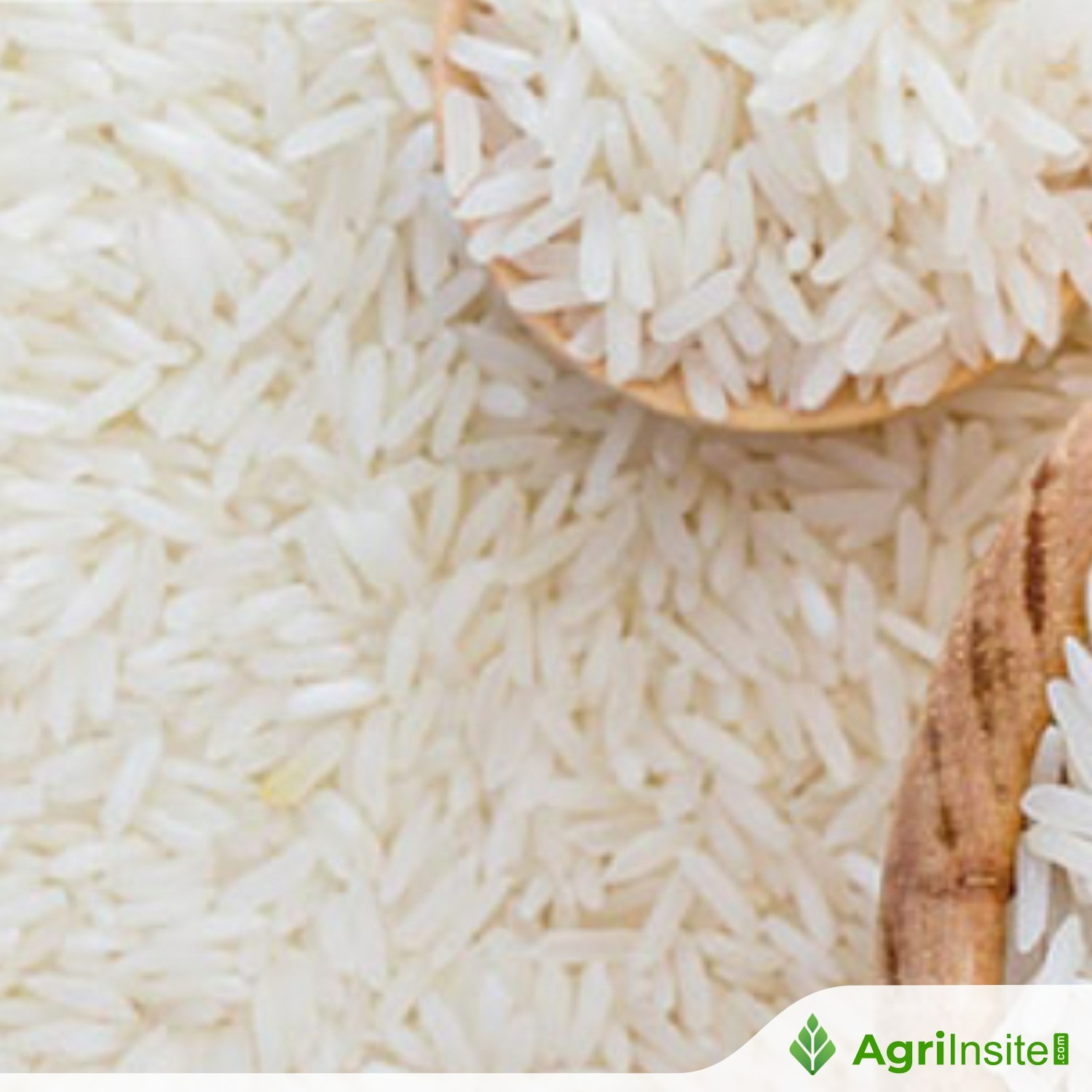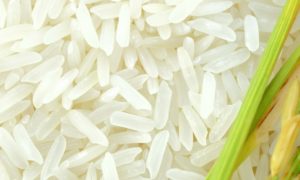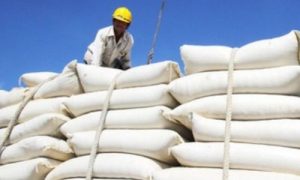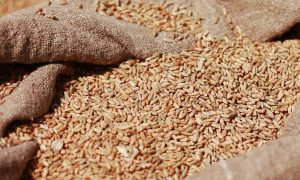Decades of failed rice policies haunt Nigeria’s self-sufficiency push

Nigeria remains Africa’s top rice producer but faces a supply gap. USDA data shows 2024 output at 5.23 million tonnes versus 7.6 million consumed, pushing imports to 2.4 million tonnes. Farmers struggle with manual labour, flooding, high transport costs, and poor processing. Government mechanisation plans risk repeating past policy failures.
Nigeria has cemented its position as Africa’s largest rice producer, with a reported 8.7 million tonnes in 2024, a figure that places it ahead of key rivals such as Madagascar and Egypt. This achievement, highlighted in a recent IndexBox report, is a testament to the country’s immense agricultural potential and the decades-long push for self-sufficiency.
However, beneath the headline figure lies, market reports show that local production is increasingly insufficient to meet soaring domestic demand, creating a gaping shortfall that forces a heavy reliance on imports and fuels persistent inflationary pressures.
While the country’s farmers are a continental powerhouse in terms of production volume, with the National Bureau of Statistics (NBS) indicating that Nigeria alone accounts for a significant portion of Africa’s total output, demand has outpaced supply for years.
Data from the United States Department of Agriculture (USDA) reveals the scale of the challenge, noting that local production slowed to 5.23 million metric tonnes in 2024, a decline from the previous year, while consumption surpassed 7.6 million metric tonnes. This deficit has led to a consistent reliance on importation, which reached 2.4 million metric tonnes in 2024, up from 1.89 million in the preceding year, a clear sign that a deep-seated disconnect exists between government ambition and on-the-ground capacity..
A history of unfulfilled promise
The quest for rice self-sufficiency is not a new one for Nigeria. For decades, successive governments have launched ambitious initiatives aimed at boosting local production, yet a recurring cycle of policy missteps and implementation failures has consistently undermined these efforts.
The journey began in the 1970s with the establishment of institutions like the Federal Rice Research Station and the National Cereals Research Institute, both tasked with developing improved rice varieties and providing farmer training. Regional efforts, such as the Abakaliki Rice Project in Ebonyi State and the Ibom Rice Project in Akwa Ibom State, followed, each designed to modernise farming techniques.
Under President Olusegun Obasanjo’s administration, the Presidential Rice Initiative was launched in 1999 to specifically close the demand-supply gap in recognition of a growing population. Parallel international partnerships with bodies like the West Africa Rice Development Association (WARDA) were also initiated to support seed distribution and technology transfer.
The most ambitious and, arguably, most controversial initiative was the Central Bank of Nigeria’s Anchor Borrowers’ Programme (ABP), launched in 2015. The programme reportedly disbursed over N1.12 trillion to smallholder farmers, primarily in rice, maize, and wheat production. Despite the massive investment, the programme was plagued by widespread reports of mismanagement, loan defaults, and allegations that many intended beneficiaries in rural communities never received the promised funds or equipment. The National Assembly is currently probing the disbursement and utilisation of the funds,reflecting the deep-seated issues that have long hampered agricultural development.
The unspoken challenges of the rice farm
While government reports often focus on output figures, the reality for the average Nigerian farmer showcases a constant battle against physical and economic constraints that have defied top-down policy solutions. Jonathan Umoro, a farmer from Atikwo community in Ebonyi State, one of the leading rice production states in the country, spoke of the peculiar difficulties of preparing swampy land for cultivation. “Clearing swampy land is not like ordinary land; we don’t have machines. We do everything manually, clearing, tilling, transplanting and paying a high price for each stage,” he noted.
Umoro’s testimony highlights the profound lack of mechanisation that continues to characterise Nigerian agriculture. Without access to modern equipment, farmers are at the mercy of intense physical labour and a high reliance on a costly, and often unavailable, workforce.
This struggle is compounded by the undeniable impact of climate change. For many farmers, particularly in the southern parts of the country where rainfall is relied upon, a shift in weather patterns can spell disaster. Umoro recalled a harrowing experience in 2024 when he invested over N500,000 in his rice farm, only to have a large portion of it destroyed by flooding, an example of how natural phenomena can wipe out years of investment and hard work.
The removal of the fuel subsidy has added another layer of complexity. With soaring fuel prices, the cost of transportation has become a major barrier. Elizabeth Eke, a rice farmer also based in Ebonyi State, noted the impact on her expenses. “Fuel prices have gone up, and it has affected how we move our produce from the farm to the market. We now spend more on transport than ever. Where I used to pay N300, I now pay N900 or more,” she lamented.
For farmers already operating on thin margins, these rising costs can erode profitability and discourage further investment.
The processing bottleneck
Even if farmers were able to overcome the production hurdles, the journey from field to plate is far from smooth. Nigeria’s rice processing techniques are largely inefficient and antiquated, a major bottleneck in the value chain that results in a final product that is often both more expensive and of lower quality than imports from countries like China, Vietnam, and India.
Research reveals that more than 70 per cent of locally produced rice comes from small-scale processors with a processing capacity of less than 100 tonnes. These cottage-level businesses are faced with financial challenges that limit their choice of equipment. While a crucial piece of equipment like a de-stoner can make locally processed rice more appealing to consumers, the majority of small-scale processors cannot afford one unless they form themselves into cooperatives. This lack of investment in modern machinery means that the final product often contains impurities, which makes it less competitive against imported, higher-quality alternatives.
The large-scale processors, who constitute less than 30 per cent of the market, face their own set of challenges, particularly the inconsistency in grain quality and an insufficient supply of paddy from farms. The entire processing procedure, which entails parboiling, drying, and milling, is heavily dependent on a steady supply of high-quality paddy, a supply that is often unreliable.
Meanwhile, in response to the persistent challenges, the government has vowed to adopt a new strategy. According to Aliyu Abdullahi, the minister of state for agriculture, the administration is actively encouraging mechanised farming, believing it will appeal to the youths and reduce the drudgery associated with manual labour.
“We will distribute machines such as tractors to farmers and also provide training for those who will operate them,” the minister said. He pointed out the efficiency gains of mechanised farming, noting that it can help farmers overcome challenges posed by climate change. “For instance, someone with 10 hectares of rice, when cultivating manually, before he could finish, rain has already started and the water has flooded. But if it is done with machines, definitely, it will take just a day or two to complete everything,” the minister said.
However, analysts assert that though the present administration has pledged a renewed focus on mechanisation as a critical element of its strategy, it will require a fundamental shift in implementation from past programmes to bear a tangible result. They added that the challenge will be to ensure that these machines and the necessary training reach the small-scale farmers who need them most and that the financial structures are in place to make them affordable and sustainable.
To Read more about Rice News continue reading Agriinsite.com
Source : Business AM














